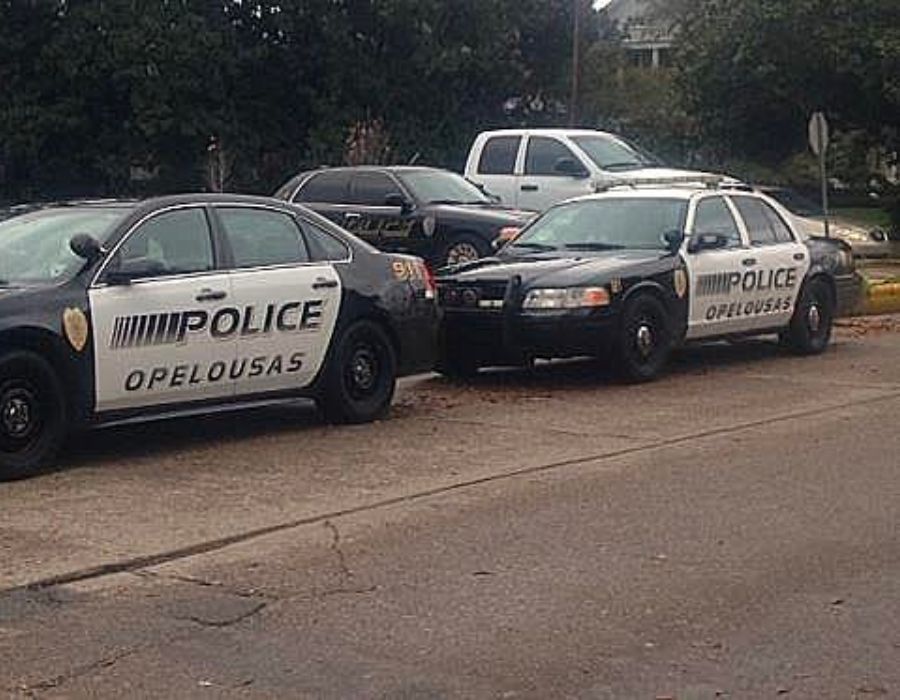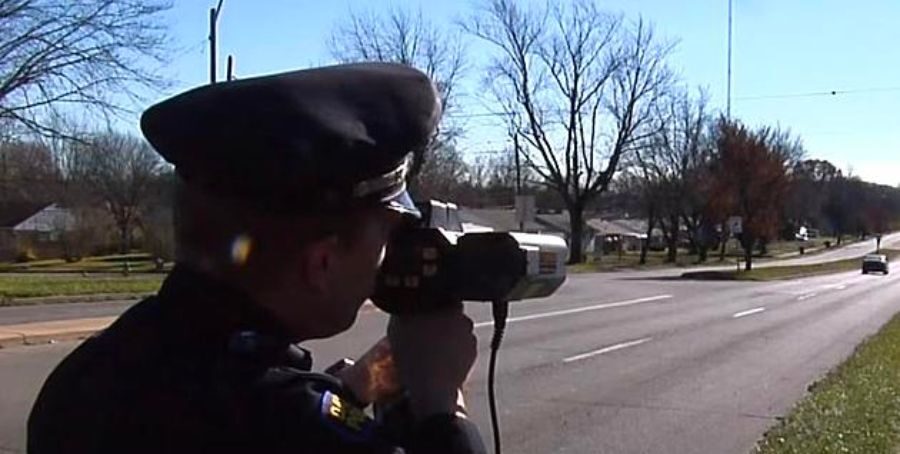Opelousas Police Department Introduces Handheld Speed Cameras for Automated Speeding Citations

Louisiana drivers who are used to pushing the gas pedal may face the consequence of speeding tickets more often via mail delivery. Opelousas Police Department in Acadiana is currently training its officers to utilize cutting-edge technology to issue speeding violations without pulling over offending drivers.
This innovative approach aims to enhance community safety and enable officers to focus on other critical tasks.
Chief of Police Graig Leblanc revealed that his officers are now undergoing comprehensive training on handheld speeding cameras. According to Chief Leblanc’s interview with KLFY Television, these devices will serve a broader purpose than solely reducing instances of speeding within the community.
Unsurprisingly, local drivers were strongly against the prospect of having mobilized speed cameras monitoring their driving habits, one even labeling it as “unfair” and an infringement upon his rights as a driver.
Chief Leblanc outlined several reasons handheld speed cameras would prove helpful to his department. By using these devices, officers can monitor traffic and issue citations without physically stopping the vehicles. Ultimately, this time-saving approach benefits both the officer and the driver.
These cameras will also help with several safety issues commonly associated with traditional traffic stops. Every party involved, including the officer and driver, will not be vulnerable to the dangers of being stopped on the side of a busy road while the citation is given.

This new discreet approach will eliminate the flashing lights and sirens from the equation and make ticketing drivers who are speeding a much simpler process. Once officers start actively using these handheld devices on Opelousas roads, here’s how the new system for ticketing drivers will work:
- An officer identifies a vehicle exceeding the posted speed limit.
- The officer aims the handheld camera at the vehicle, capturing crucial speed and license plate data.
- The license plate is cross-referenced with a database.
- The system autonomously sends the speeding citation to the registered address associated with the license plate.
The objective of this new system, as explained by Chief Leblanc in an interview with KLFY’s Zane Hogue, is to allow officers to allocate more time patrolling for issues while also acting as a form of traffic control.
For those wondering how the handheld device differs from mounted speed cameras, the answer lies in the presence of a uniformed officer serving as a personal witness to the speeding offense. Unlike mounted devices that rely solely on automation, this additional element is expected to strengthen the validity of the issued citations in court, should a motorist decide to challenge them.
The introduction of handheld speed cameras marks a significant shift in traffic enforcement for the Opelousas Police Department. With this development in ticketing, drivers are reminded that adhering to speed limits remains the most effective way to avoid receiving a ticket and the associated consequences.

